Tokyo for Digital Nomads: The Ultimate Guide
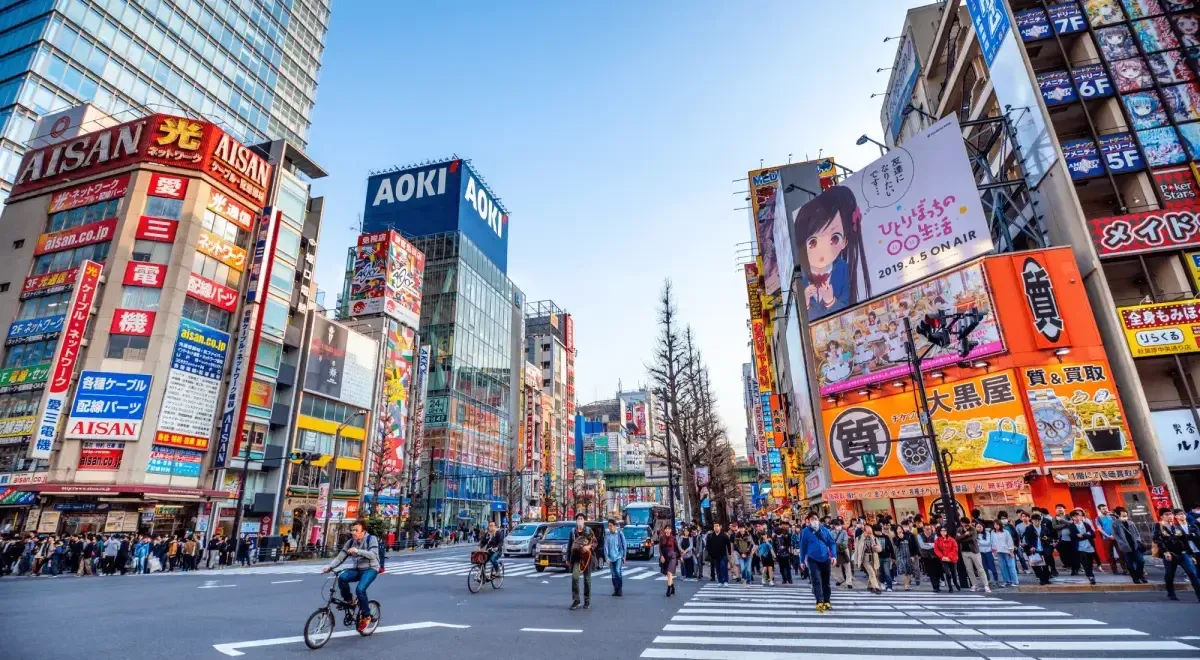
There’s something special about Tokyo. From the bright lights to sleepless streets and the unbelievable food, it draws tourists from every corner of the world who dream of visiting this futuristic city.
What they don’t realize is that behind the vacation magic is a wonderful, convenient, and inspiring city perfectly suited for any digital nomad stay.
There’s a reason over 14 million people choose to live in this city (including myself) and in this guide, I’ll be sharing exactly why you should be considering Japan for your next digital nomad destination.
Living in Tokyo as a Digital Nomad: Pros and cons
After living in Tokyo for almost two years, there’s no denying how truly incredible it is for a remote work lifestyle that prioritizes new experiences, unique culture, and an irreplaceable sense of comfort.
It’s safe to say every country has its challenges. It can be difficult to build a community in Tokyo and despite its futuristic reputation, Japan is certainly stuck in the past when it comes to individuality.
What You’ll Love as a Digital Nomad
1. High-Quality Service
It’s no secret that Japan prides itself on producing the highest quality goods and services. From café workers to train station cleaners, the utmost care is put into making sure every tourist and Tokyoite alike has an impeccable experience simply moving through the city.
2. Culture at Every Corner
One of the most exciting elements of life in Tokyo is the opportunity to experience a modern and busy city so seamlessly intertwined with ancient culture. Shrines and temples are scattered all across the city in the middle of busy roads making it impossible not to stumble upon one almost every day.
You can also find multiple hidden pockets of tranquility and peace in the midst of some of the city's most metropolitan areas. For instance, Shinjuku Gyoen, a large and stunning traditional garden, sits right next to one of the busiest train stations in the world. You can sit and work from the park for hours, stopping by the tea house or sipping on a coffee next to the stream.
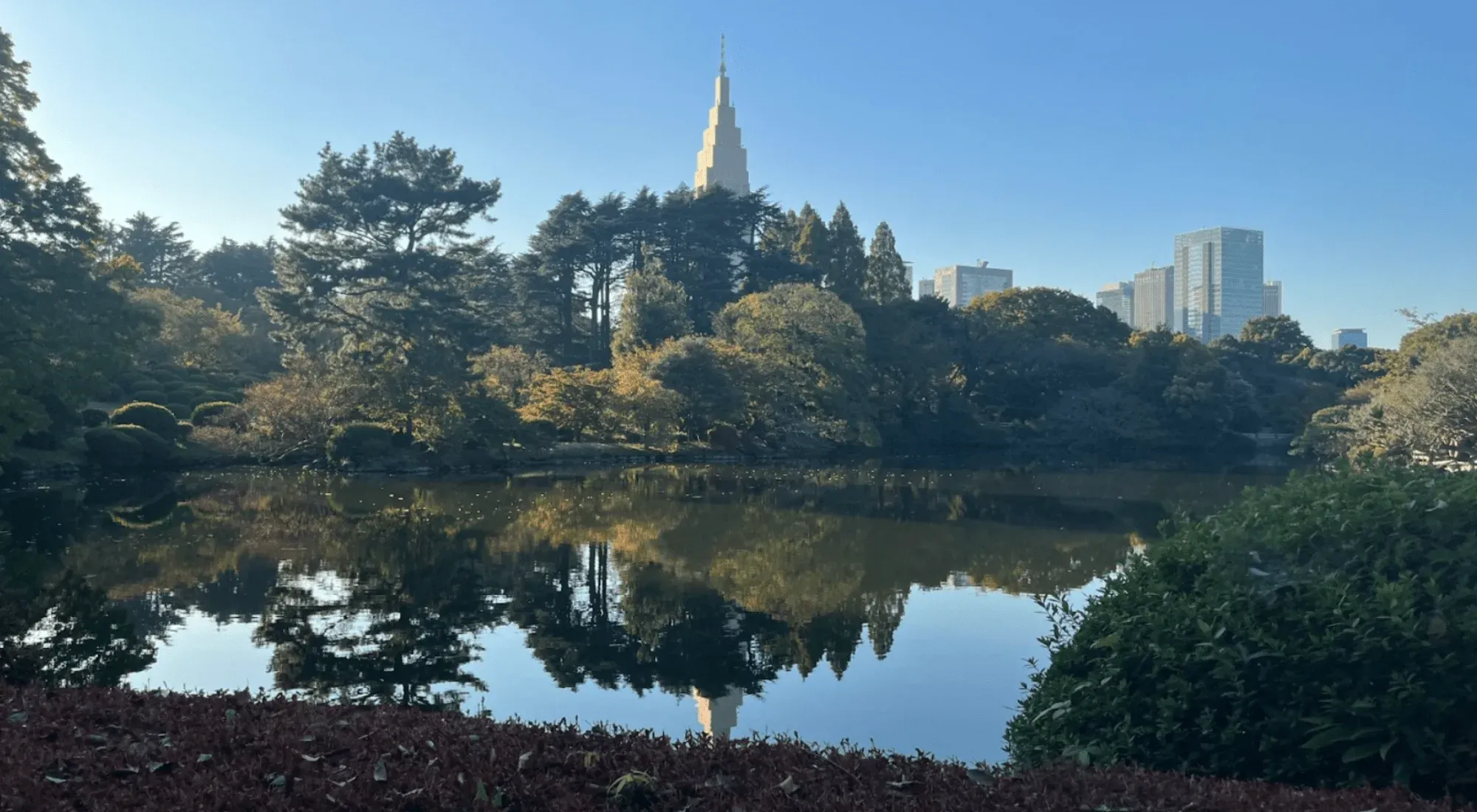
3. Surprisingly Low Cost of Living
Most anticipate Tokyo to be an expensive city comparable with London or New York, however, it has a surprisingly lower cost of living, particularly with the Yen at an all-time low. Hostels and hotels are on the pricier side, but, for longer stays living costs, food, and transport around the city are shockingly affordable.
4. Safety
By far my biggest selling point for life as a digital nomad in Tokyo is the unrivaled feeling of safety I experience living here as a woman in my 20s.
For such a huge and busy city, Tokyo feels safer than even the smallest of towns back in the UK. As a digital nomad who works alone from cafés, I am comfortable leaving my laptop, iPad, wallet, or AirPods on my table while I order at the counter, use the restroom, or even step outside to take a call. I never worry about having my belongings stolen or being targeted when walking down the street.
The Potential Downsides of Tokyo for Digital Nomads
1. The Sheer Number of People
I mentioned above that Tokyo has a population of approximately 14 million people and when coupled with the additional 25 million tourists that visit every year, you can imagine just how busy this city gets. Trains are full most hours of the day every day of the week, and there is typically a wait to get seated at restaurants and coffee shops.
Despite this truly mindblowing number of humans, Japanese people are extremely respectful of each other’s space meaning there is an unexpected order to the chaos. It is far less overwhelming than you’d imagine and the crowds never feel out of control… Although there is no such thing as personal space on the Yamanote Line train at 8:30 AM!
2. Technical Difficulties
For a ‘technologically advanced’ country, Japan still has a long way to go when it comes to modernization. They love paperwork and they hate online payments, digital contracts, and time-saving apps. This means you waste a lot of time for the sake of ‘procedure’.
When you first move to Japan with a visa, you have to visit the local city hall (or Kuyakusho) to register your address. If you move you have to go back to tell them and then visit your new local Kuyakusho to register again...with each visit involving 2-3 hours of wait time. Similarly, many bills cannot be paid online, but instead, require a trip to a convenience store to be paid in person.
All this to say, Japan is not always as high-tech as people think!
3. Difficulty Creating Community
Yes, Japan is full to the brim with people, but that doesn’t always make it easy to find your people. Many adults struggle with loneliness in Tokyo due to the intense work culture and lack of individuality. As a digital nomad, it can take some time to meet others who share your language or a similar story - Tokyo is not the most diverse city being 96% Japanese and digital nomad workers are a relatively new phenomenon.
How to Get to Tokyo

Tokyo is easily accessible by plane, and it has two major airports, Narita and Haneda. There are daily flights into the city from almost every major hub in the world, including direct flights from California, Singapore, and even London.
Both airports are easily connected to the city through multiple trainlines with the Narita Express or Skyliner both running from Narita to the major Tokyo stations like Shinjuku, Tokyo, and Nippori. It is approximately 2 hours by bus to central Tokyo or 90 minutes on the rapid express trains.
Haneda is located closer to the city and can be reached via the monorail or Keikyu line. It is less than 1 hour by train to Shinjuku or an easy 30-minute taxi.
Tokyo Station also offers bullet train (known as the Shinkansen) lines directly to Osaka and Kyoto in less than 2.5 hours, or to other popular destinations such as Nagano or Hiroshima.
How to Get Around Tokyo
Tokyo is a haven for public transport and walkability. The entire city is connected via multiple train and bus lines that can be best navigated by using Google Maps. You can pay for all transportation using an IC card such as Suica or Pasmo which can be preloaded and used to also pay at any konbini (Japanese convenience stores) and most restaurants and retail stores in the city.
Due to the microchip shortage, IC cards can no longer be purchased anywhere outside of the airport when short-term visitors first land in the country, however, they can be simply added to your Apple Wallet and topped up using your iPhone.
Best Digital Nomad Accommodation Options in Tokyo
There are so many accommodation options when it comes to Tokyo.
For shorter stays, Airbnb and Booking.com offer a great selection of rooms and apartments in every part of the city so you won't have any issues with these platforms.
Sharehouses are a wonderful option for digital nomads looking to build a network of friends as well as find central accommodation for a more reasonable price. Sharehouses also tend to offer more flexibility when it comes to moving costs and leases, many allowing for 2-3 month stays rather than multiple-year commitments. Companies like GG House or XRoss House are popular companies that help find rooms, or try joining Facebook groups for expats looking for rooms!
Tokyo’s Top Neighborhoods for Digital Nomads
Every area of Tokyo offers something a little different, here are some of my favorites:
Shinjuku
Shopping, food, and activities, Shinjuku is a central hub of the city. Shinjuku station can connect you with any part of Tokyo. There are plenty of coffee shops, restaurants, and coworking spaces to choose from. Everything you could ever need is in Shinjuku (but so are about 3 million other people, so expect it to be busy).
Kichijoji
Slightly outside of central Tokyo, Kichijoji offers a more laid-back lifestyle with a beautiful park, thrift shopping, and boutique cafés on every corner. Kichijoji has all the convenience of more popular parts of Tokyo but without the hustle and bustle of salarymen and tourists. This is also the home of the Ghibli Museum!
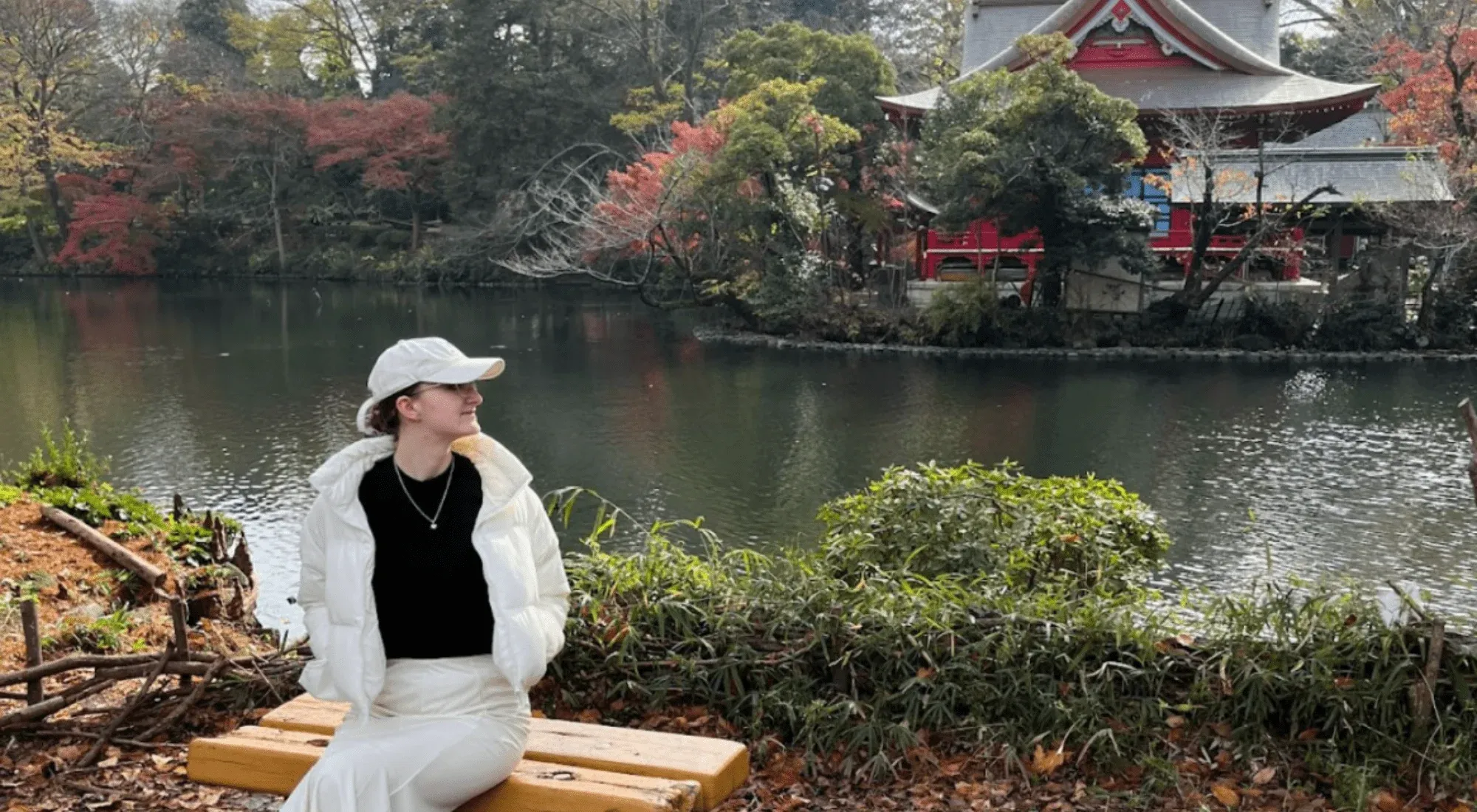
Naka-Meguro
A less talked about central spot that offers accessibility to both the shopping and nightlife of Shibuya in one direction and the upscale restaurant and bar offerings of Ebisu in the other.
Along the famous Meguro River, you’ll find an abundance of great remote work spots and a thriving community of other expats always eager to make new connections.
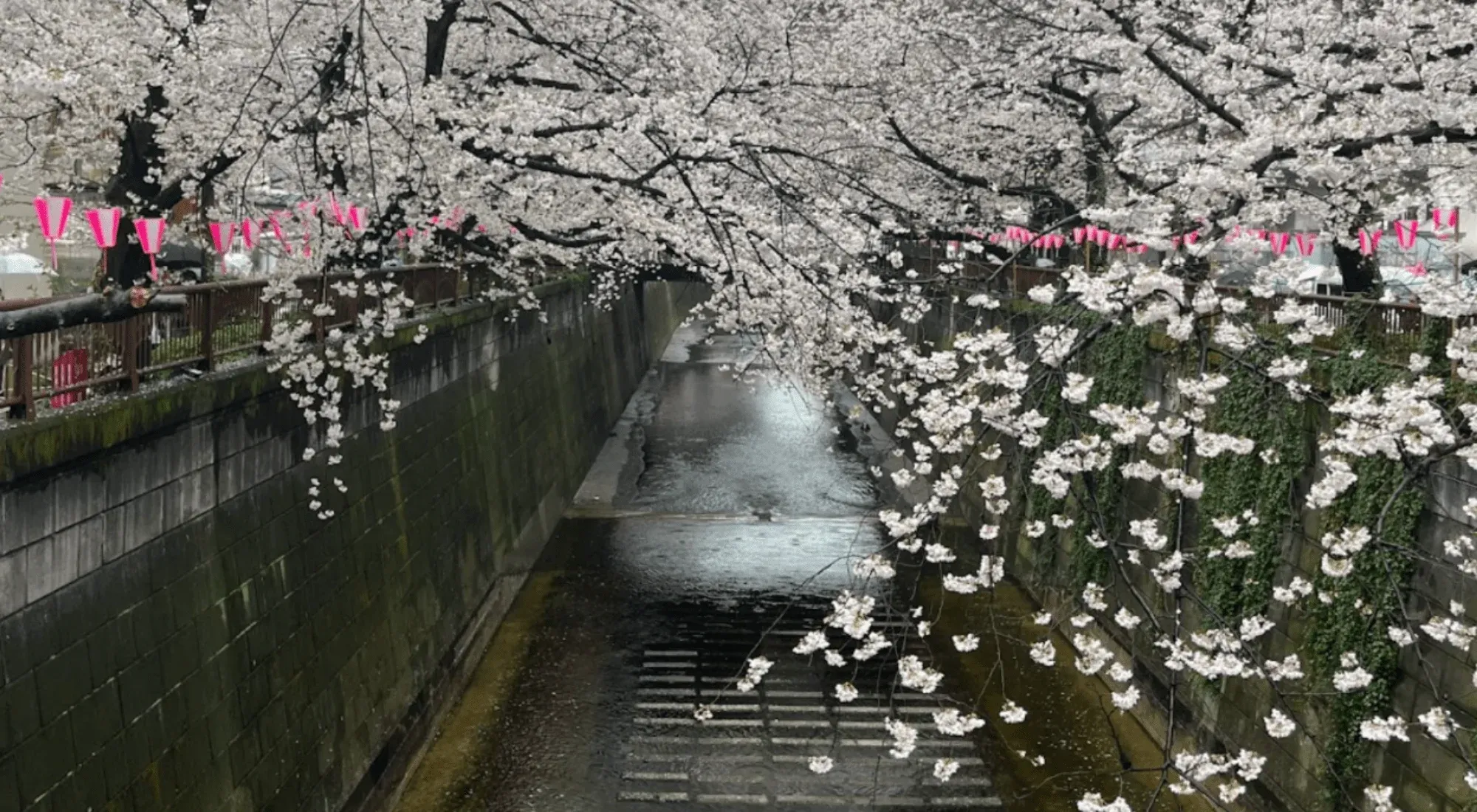
Asakusa
Known as the home of Tokyo’s most important temple, Senso-Ji, there’s no shortage of culture when it comes to Asakusa. This neighborhood is close to the Sumida River and is always hosting a festival, firework show, or event of some kind. Every backstreet offers its own hidden restaurant gems making Asakusa a perfect place to simply explore on foot and find new creative inspiration.
Internet Connectivity in Tokyo
WiFi
One of the most appealing aspects of life in Tokyo for a digital nomad is that the city has impressive Fiber Optics coverage for guaranteed quick and reliable internet connections at home and in co-work offices.
Most coffee shops have their own WiFi networks although they can often be a little less reliable.
Portable WiFi devices have become very common and can be rented from the airport on arrival for under 1000 yen per day.
Sims and eSims
eSims are quickly growing in popularity across the country with Holafly and Jetpac being two of the most popular companies to use.
Pre-paid SIM cards are found in the airport, conbinis, and even vending machines in larger train stations making them easy to purchase at any point in your trip.
It’s worth noting that to get a longer phone contract in Japan you will need to have a residence card to prove your status. Mobil and Rakuten stores are typically foreigner-friendly and will be happy to set up your new sim and contract with you in person.
Best Places to Work Remotely in Tokyo

Best Coworking Spaces in Tokyo
There’s truly no shortage of coworking spaces all across Tokyo. Although these can be a great way to meet other digital nomads, be prepared for the coworking offices to be much quieter than elsewhere - Japan takes working extremely seriously!
Here are some coworking spaces worth visiting:
- CASE Shinjuku: A flexible coworking office that’s conveniently located right next to Shinjuku station. The staff here speak English and they have a simple drop-in space with plenty of outlets and even free monitors for 2000 yen per day.
- SHARE LOUNGE Shibuya Scramble: Incredibly located on the 11th Floor of the Shibuya Scramble and next to the famous Shibuya crossing, this coworking space has everything you could need for a day of work. They have free snacks and drinks, and even an alcohol option, the fees start at 1650 yen per hour or 4500 for the entire day.
- BLINK Smart Coworking Space: Based in Roppongi, BLINK is a well-known coworking space with a sleek and modern design as well as a public café. Plans start at 20,000 yen per month which include a desk, access to printers and scanners, mail handling, and access to their events to network with other digital nomads.
Best Cafés for Digital Nomads in Tokyo
One thing Tokyo is famous for is its cafés. While the average tourist is looking for fun, novelty, or the kawaii factor, a digital nomad requires something different: reliable WiFi, a comfortable workspace, and a productive atmosphere.
Luckily there’s an abundance of these options when it comes to remote work coffee shop spots:
- Mermaid Coffee Roasters: Eclectic, bizarre, and wonderful. It is impossible to have a bad experience at Mermaid Coffee Roasters. Before even stepping inside, you’ll be enchanted by the aquatic decor and handmade statues and they make one of the best oak milk lattes in town.
- Verve Roppongi: Slightly more Western in feel, working from Verve is always a pleasure. The cafe is open-plan with high ceilings and natural wood, creating an airy and calming space to enjoy an afternoon.
- The Bridge Sarutahiko Harajuku: With its iconic location over Harajuku Station, The Bridge is a surprisingly spacious and laid-back café. It has airy interiors and large windows perfect for people-watching, as well as fast wifi and plenty of outlets to cover all digital nomad needs.
Living Costs in Tokyo
Day-to-day costs in Tokyo are one of the best perks to the city. As little as $30 a day is enough to cover food and transportation combined without sacrificing quality.
A standard bowl of ramen is no more than 1200 yen and a conbini breakfast can be less than 600 yen.
Traditions, History, and Culinary Culture in Tokyo
Traditions
The major religions in Japan are Shintoism and Buddhism with their shrines and temples found across the city. These are typically free to enter and have opportunities to make donations, get your fortune, or buy amulets (omamori) for luck once you are inside.
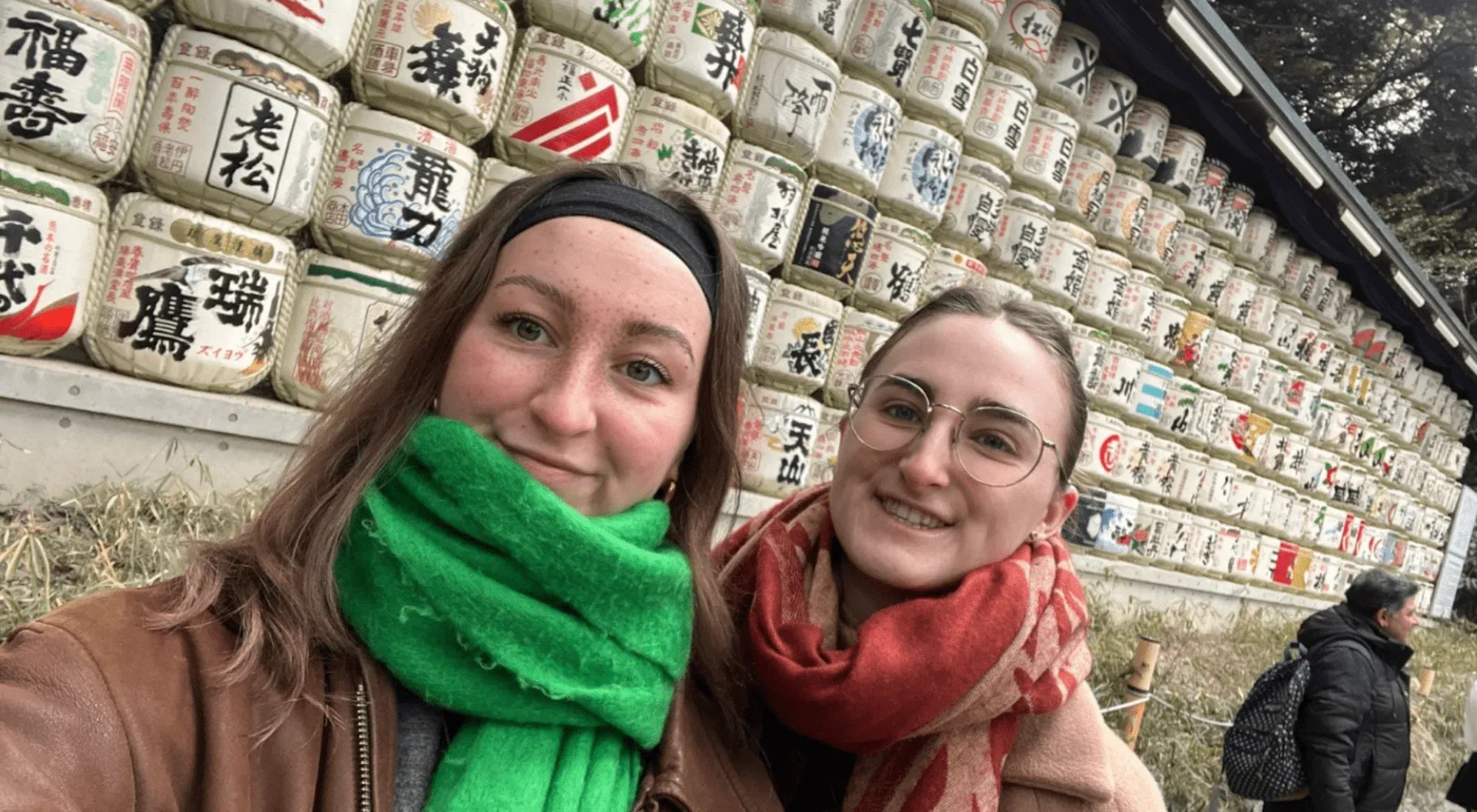
History
Tokyo, previously known as Edo, was once the center of Japan's feudal government. Despite the destruction it faced in World War II, Tokyo rapidly rebuilt itself into the bustling metropolis it is today. This history is visible in its mix of traditional sites like the Imperial Palace and modern landmarks like Tokyo Skytree.

Culinary Culture
Perhaps the most popular activity for those visiting Tokyo is...eating. Dining together and sharing food is an important part of the Japanese way of life and you’ll quickly find yourself with an abundance of options when it comes to meal times.
Many Tokyo restaurants are small, seating no more than 10 people, and it is not uncommon to dine alone. Make sure to try out not just ramen and sushi, but tonkatsu, yakiniku, and izakaya-style places.

What's the Best Time to Visit Tokyo?
Tokyo has very seasonal weather with winter dropping to around 50°F (10°C) with occasional flurries of snow and summer creeping to over 90°F (32°C) plus 60% humidity.
The best times to visit are usually the Spring and Fall.
From March to April

That's the iconic Cherry Blossom season if you’re lucky enough to catch it. During this time the weather is cool and pleasant to walk around and explore the city.
However, be prepared for a lot more tourists than usual during these months making reservations harder to get and accommodation and flight prices skyrocketing.
From October to November

My personal favorite time of year in Tokyo. The weather is warm and crisp and this is also Momiji season where the Japanese maple leaves change to spectacular hues of red and gold.
Is There a Digital Nomad Visas for Japan?

Yes, there is a digital nomad visa for Japan. In March, Japan announced a new Digital Nomad Visa that allows digital nomads to live and work in the country for up to 6 months provided they meet the eligibility requirement.
Alternatively, Japan offers a 1-year Working Holiday Visa for citizens of over 25 countries including the UK, Australia, and New Zealand. Find out if you’re eligible at the Ministry of Foreign Affairs website.
Top Things to Do in Tokyo as a Digital Nomad
In Tokyo, there are plenty of things to do to enjoy this beautiful city. Here are my absolute favourites:
1. Explore the picture-perfect Shinjuku Gyoen

2. Walk through the historic Meiji Jingu Temple Grounds
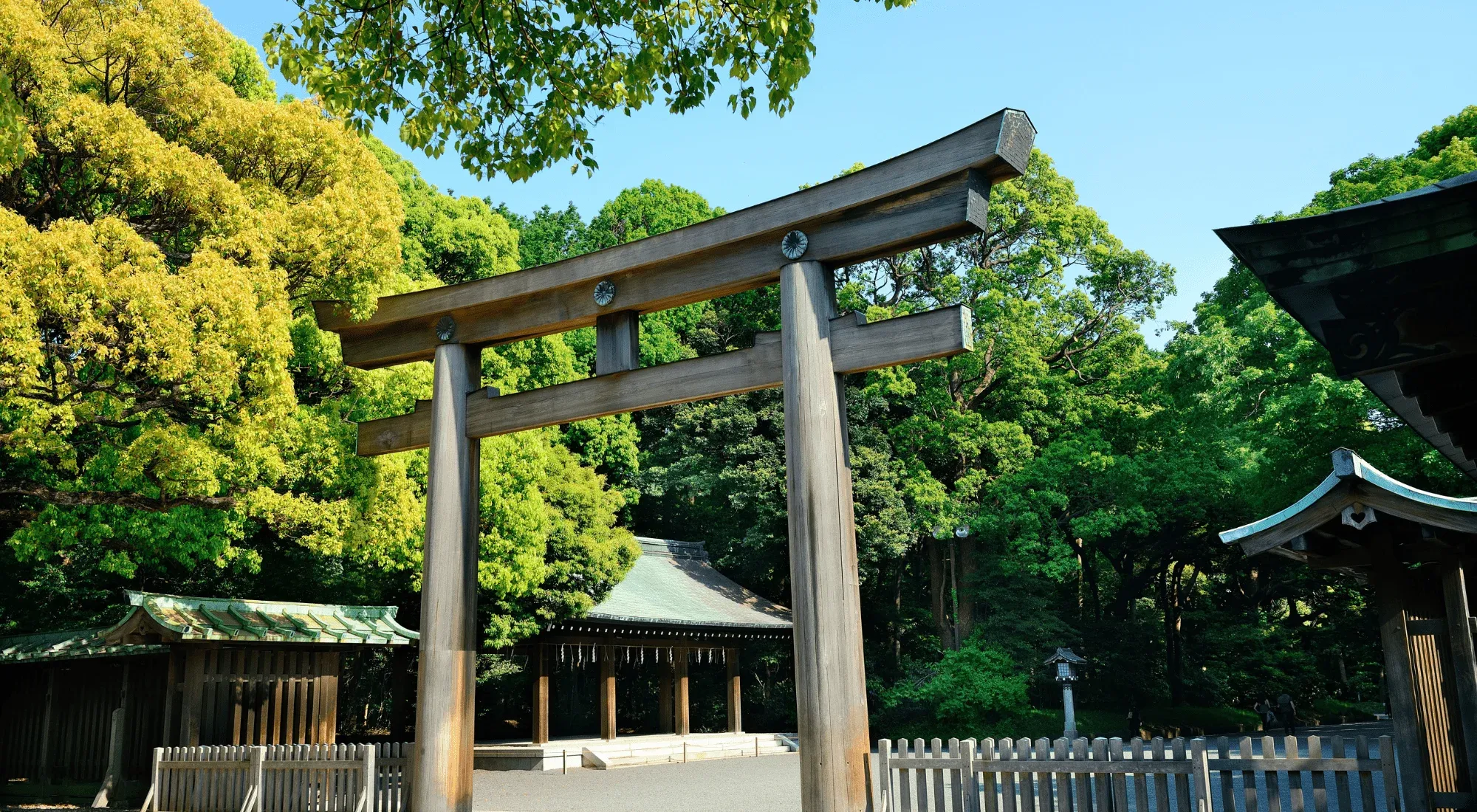
3. Picnic in Inokashira Park in Kichijoji
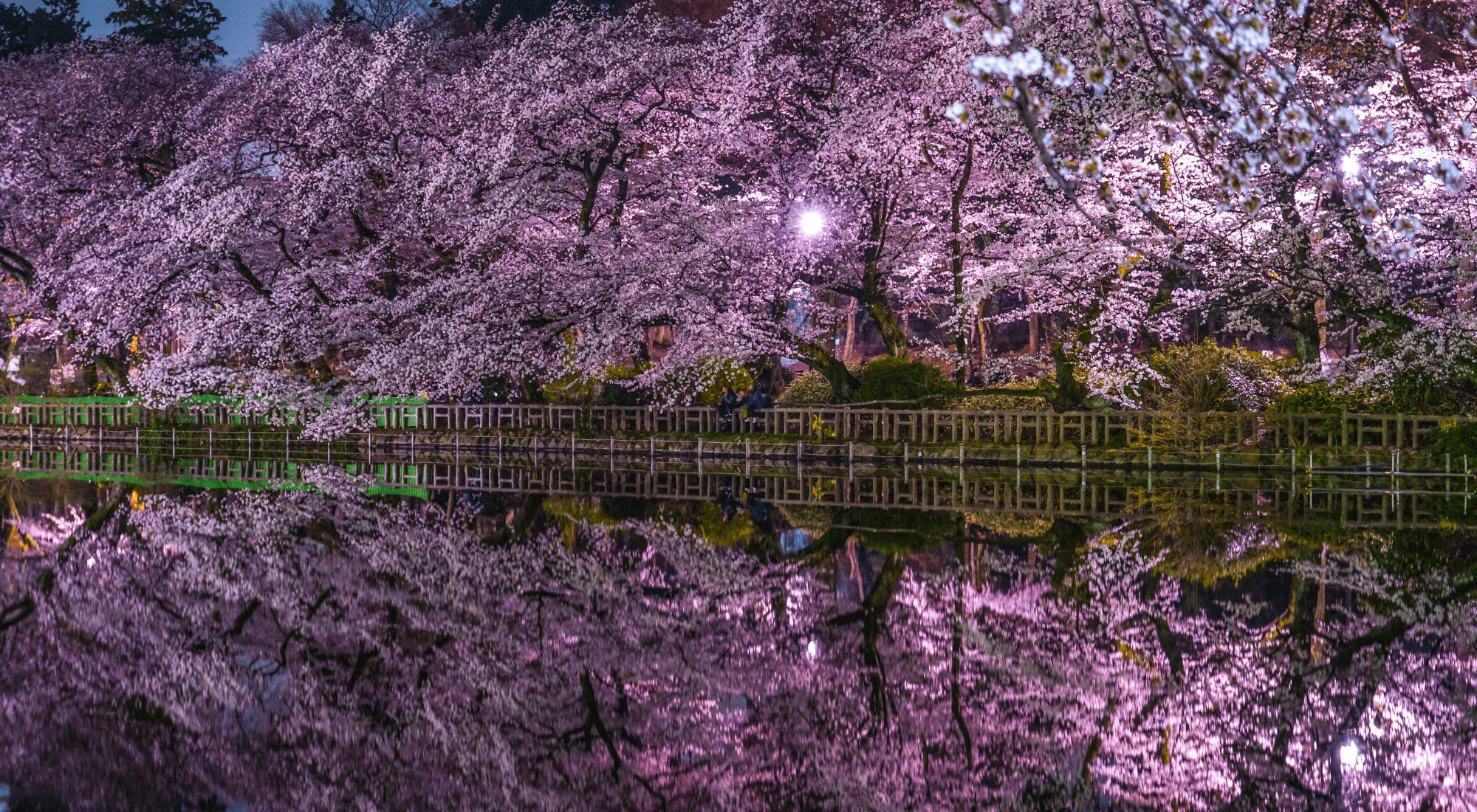
4. Go thrift shopping in Shimokitazawa
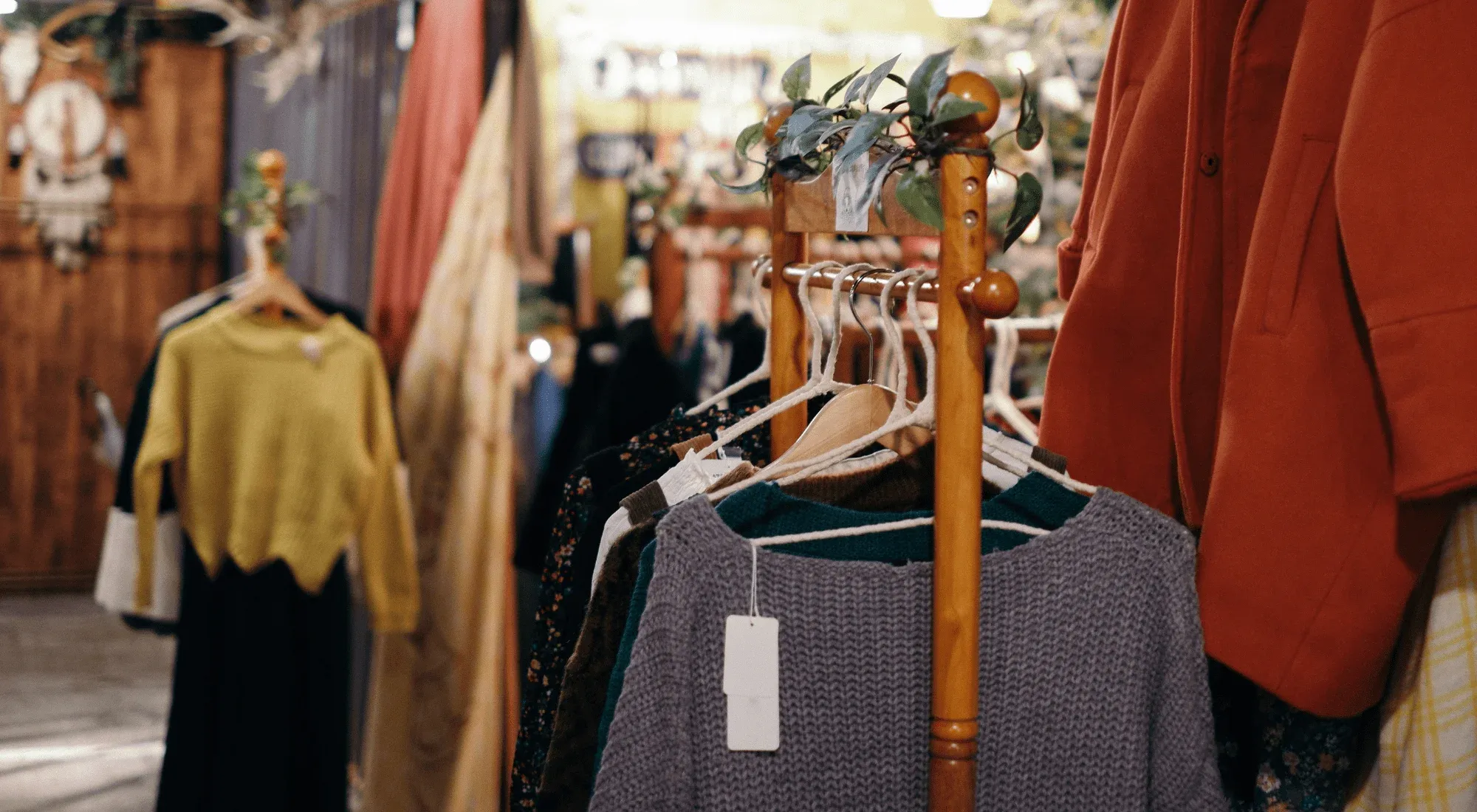
5. Have Omakase in a sushi restaurant
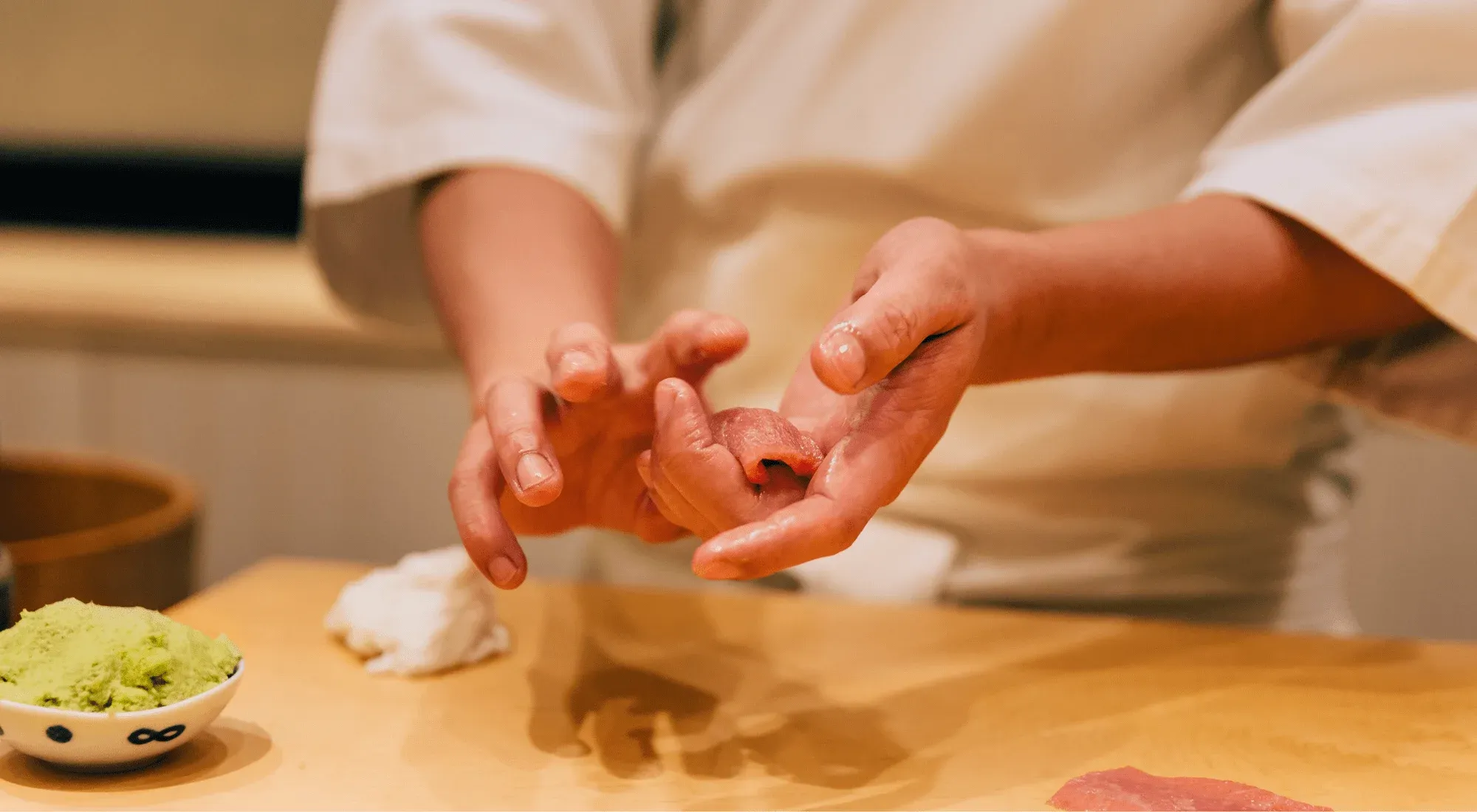
6. Catch a baseball game at Tokyo Dome
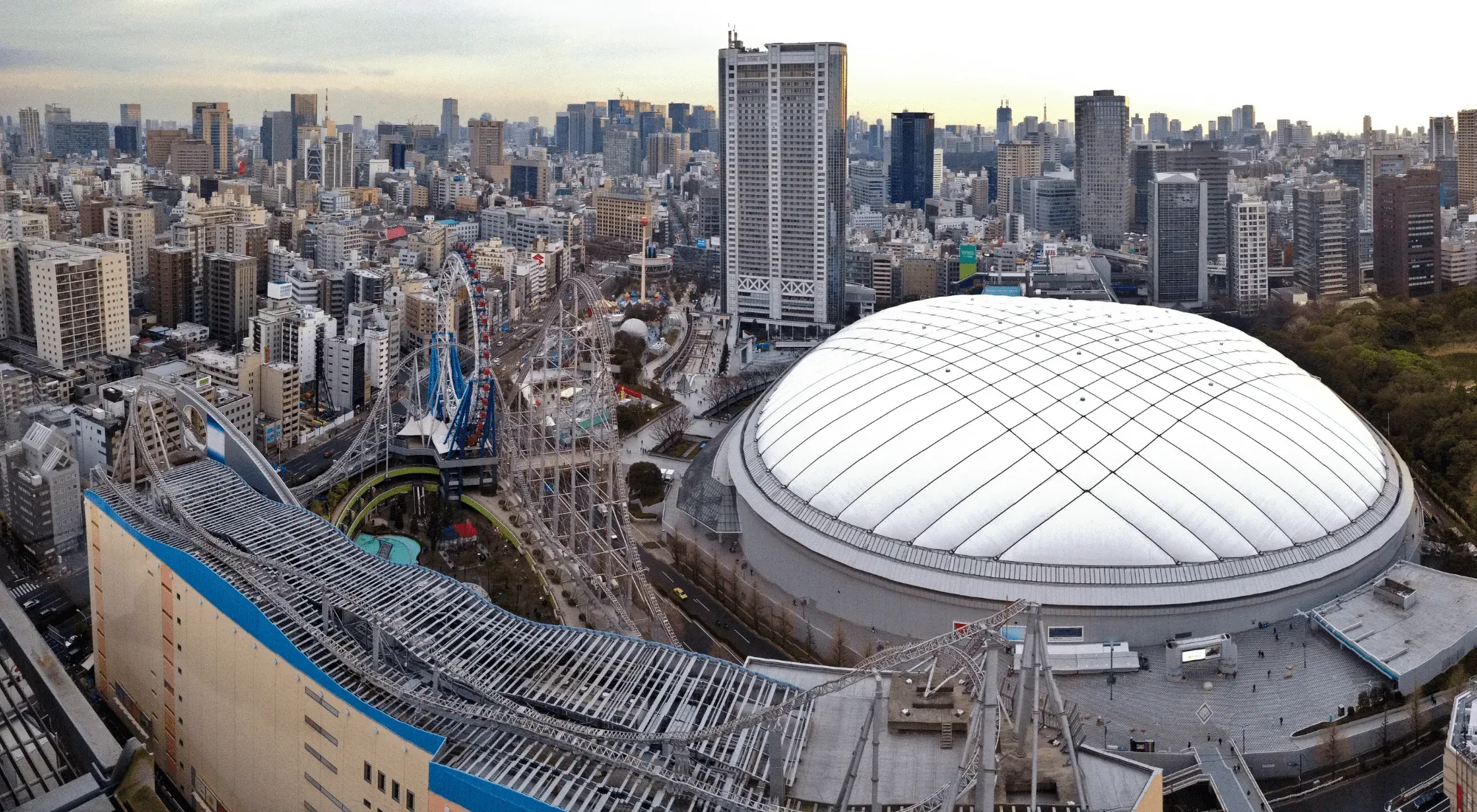
7. Have late-night ramen in a tiny 8-seat noodle shop
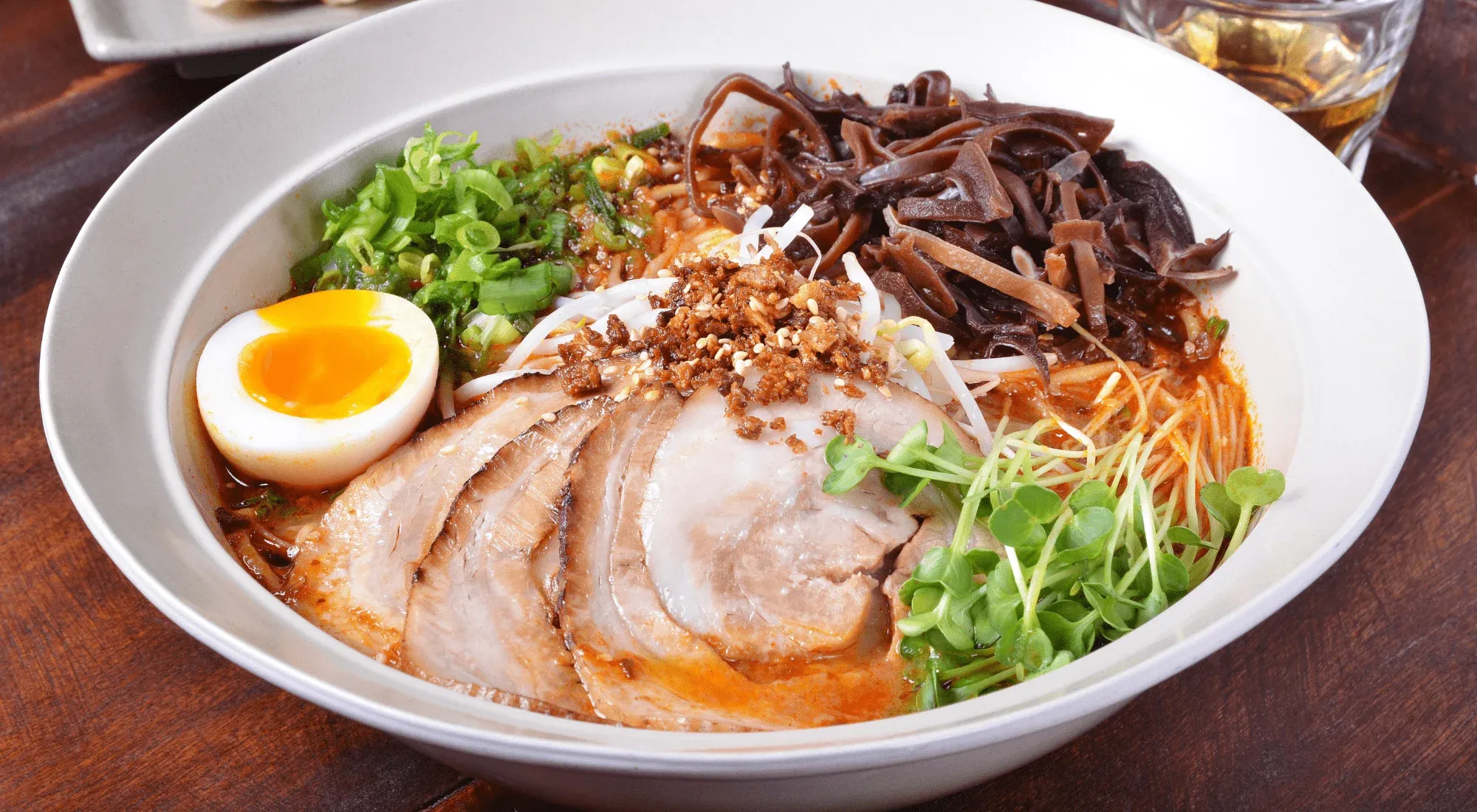
8. Club the night away in Shibuya
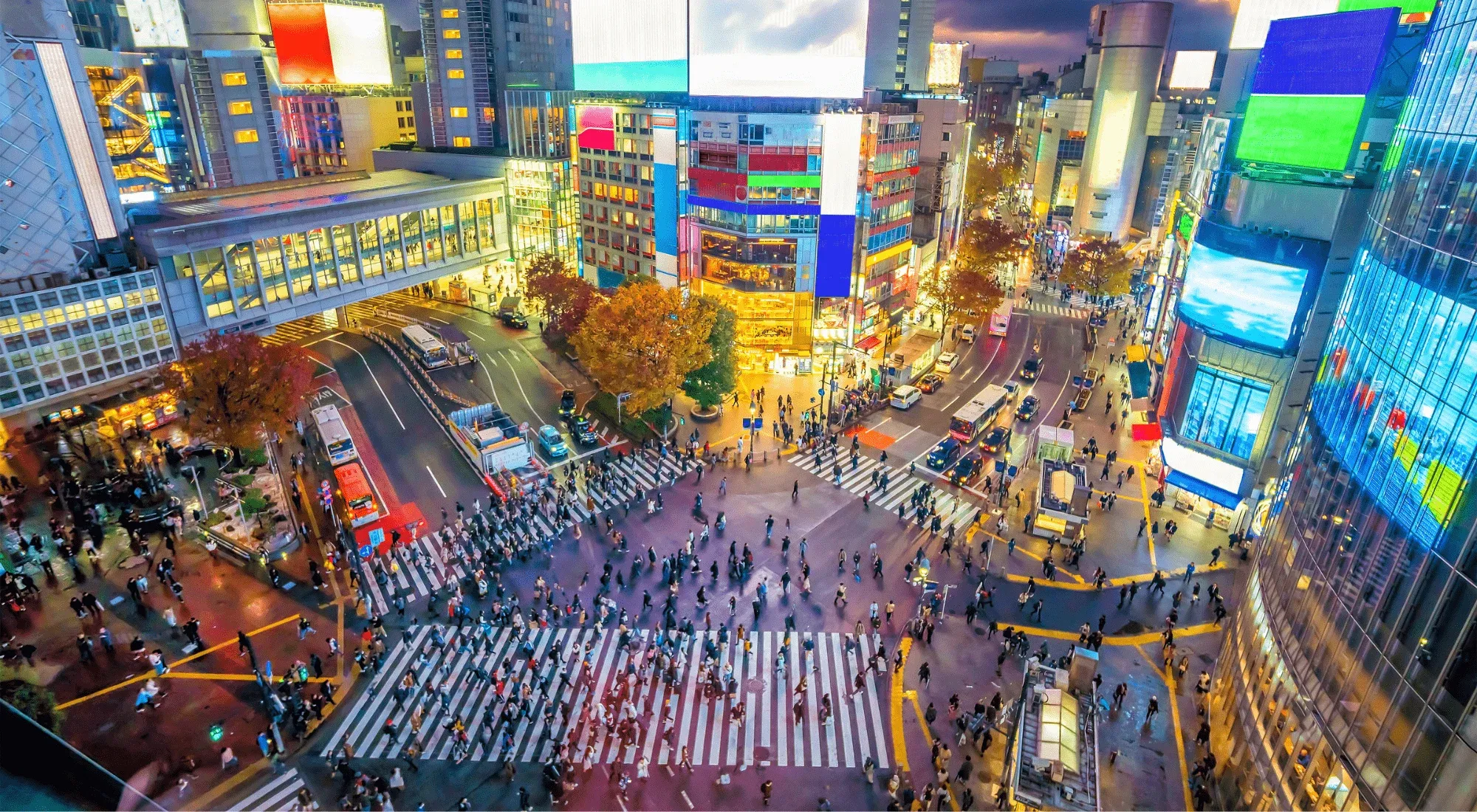
9. Try your luck at a 7-story arcade in Akihabara

10. Experience the immersive art at teamLab’s Borderless

Ready to Make Tokyo Your Next Nomad Destination?
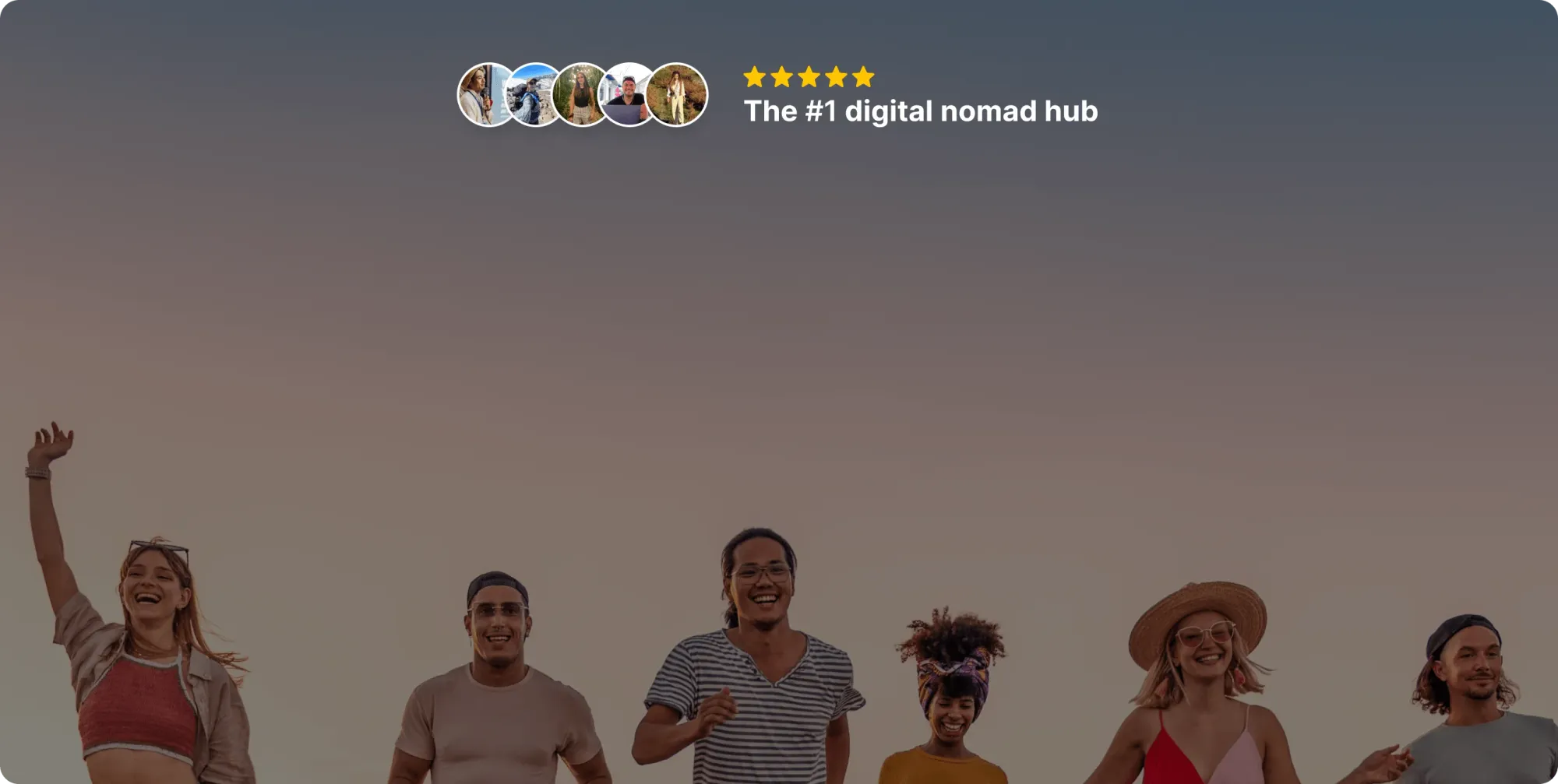
Join our global
digital nomad community
Join us for free
Freaking Nomads is supported by you. Clicking through our links may earn us a small affiliate commission, and that's what allows us to keep producing free, helpful content. Learn more



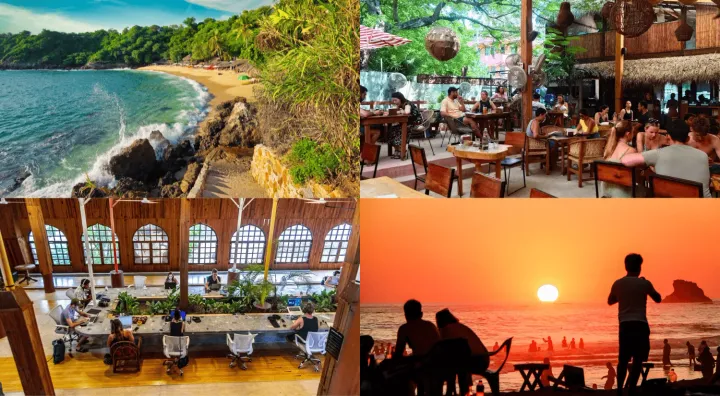
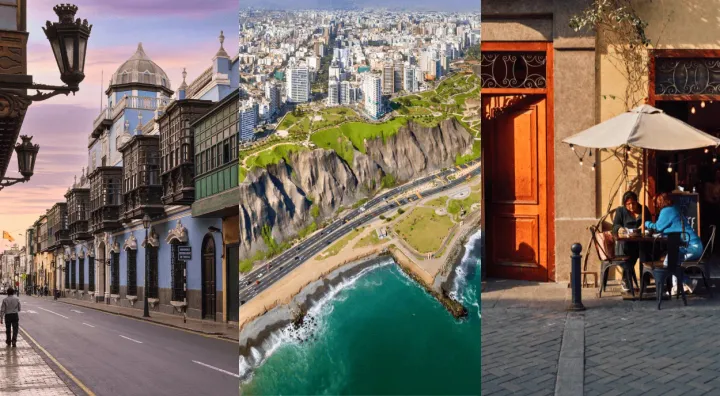
 Travel tips, hacks, and news
Travel tips, hacks, and news Exclusive travel discounts
Exclusive travel discounts Offers and promotions
Offers and promotions Digital nomad inspiration
Digital nomad inspiration Latest articles form our blog
Latest articles form our blog